More Than a Spice: A Real-World Guide to Using Thyme
I’ve spent more than two decades with my hands in the dirt and herbs, in gardens, kitchens, and workshops. I’ll never forget something an old-timer I learned from used to say. He’d laugh whenever someone dismissed thyme as just another cooking herb. He’d hold up a woody little sprig and say, “This tiny plant has more fight in it than half the stuff in a pharmacy.” And you know what? He was right.
In this article
My real education with thyme didn’t start with a recipe, but with a nasty winter cough and a lesson in making a proper, potent brew. The difference between a simple tea and a targeted preparation was night and day. It taught me that to really use a plant, you have to understand it from the ground up.
So, this isn’t just another list of ideas. Think of this as a practitioner’s guide, broken down for home use. We’ll get into why it works, how to make stuff that’s actually effective, and cover the real-deal safety rules I’ve learned over many years. It’s time to get to know the powerhouse hiding in your spice rack.
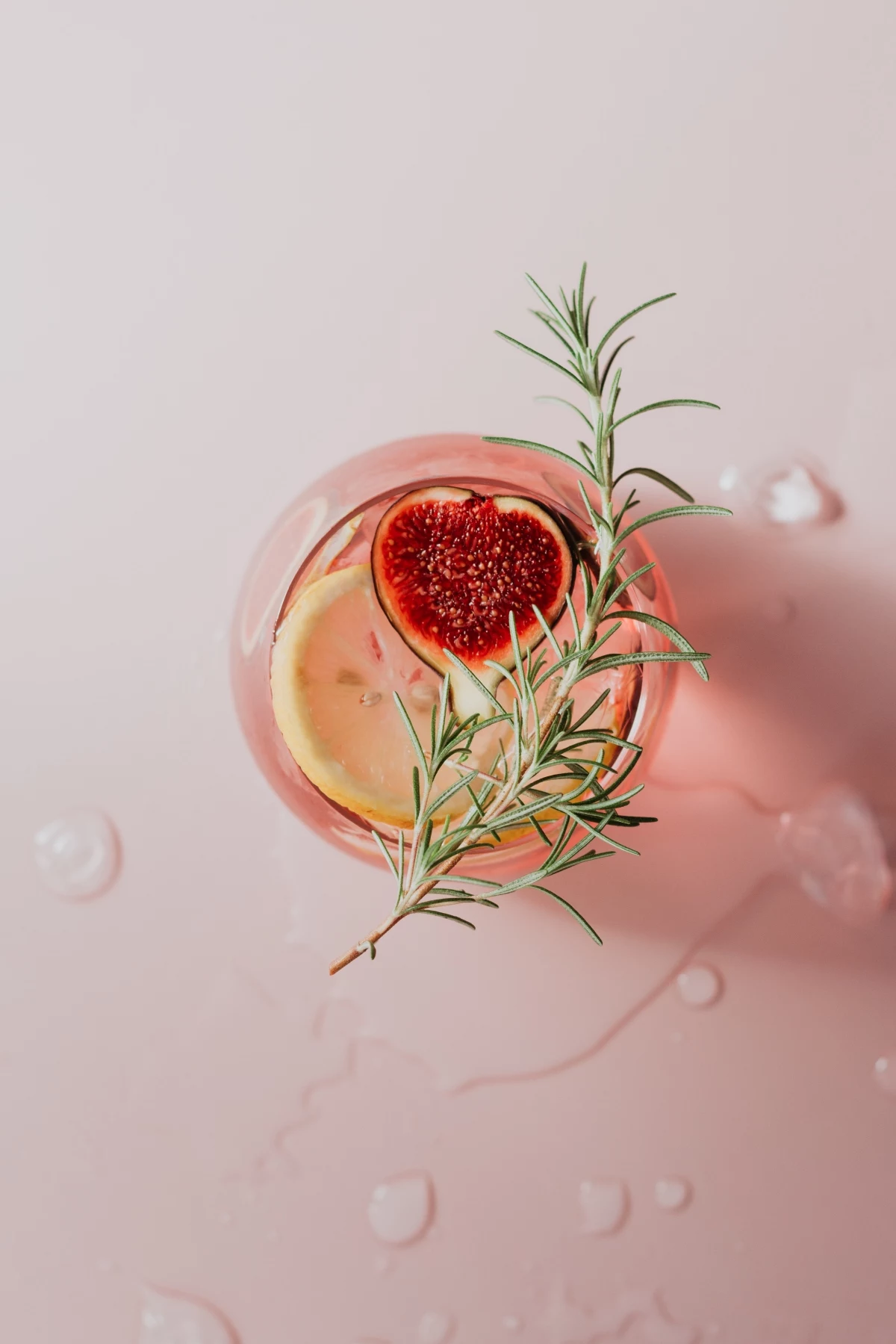
What Makes Thyme Work? A Peek Under the Hood
Before you can get the most out of thyme, it helps to know why it’s so effective. It’s not magic; it’s just brilliant plant chemistry. The two main compounds doing the heavy lifting are thymol and carvacrol. When you crush a fresh leaf and get that sharp, medicinal smell, that’s what you’re smelling.
Thymol is the star of the show. It’s a powerhouse antiseptic, antibacterial, and antifungal agent. Its germ-killing ability is so well-known that it’s a key component in many commercial products, including some classic mouthwashes. In our home preparations, it’s what helps fight off germs. Oh yeah, and it also has antispasmodic properties—which is a fancy way of saying it can help calm the spasming muscles that create a miserable, hacking cough.
Carvacrol is thymol’s close cousin and works right alongside it. It’s also incredibly antibacterial, especially against nasty stuff like Salmonella and E. coli. This helps explain why thyme was traditionally used to help preserve food long before refrigeration was a thing. Knowing this, you start to see that it was added to meals for more than just flavor.
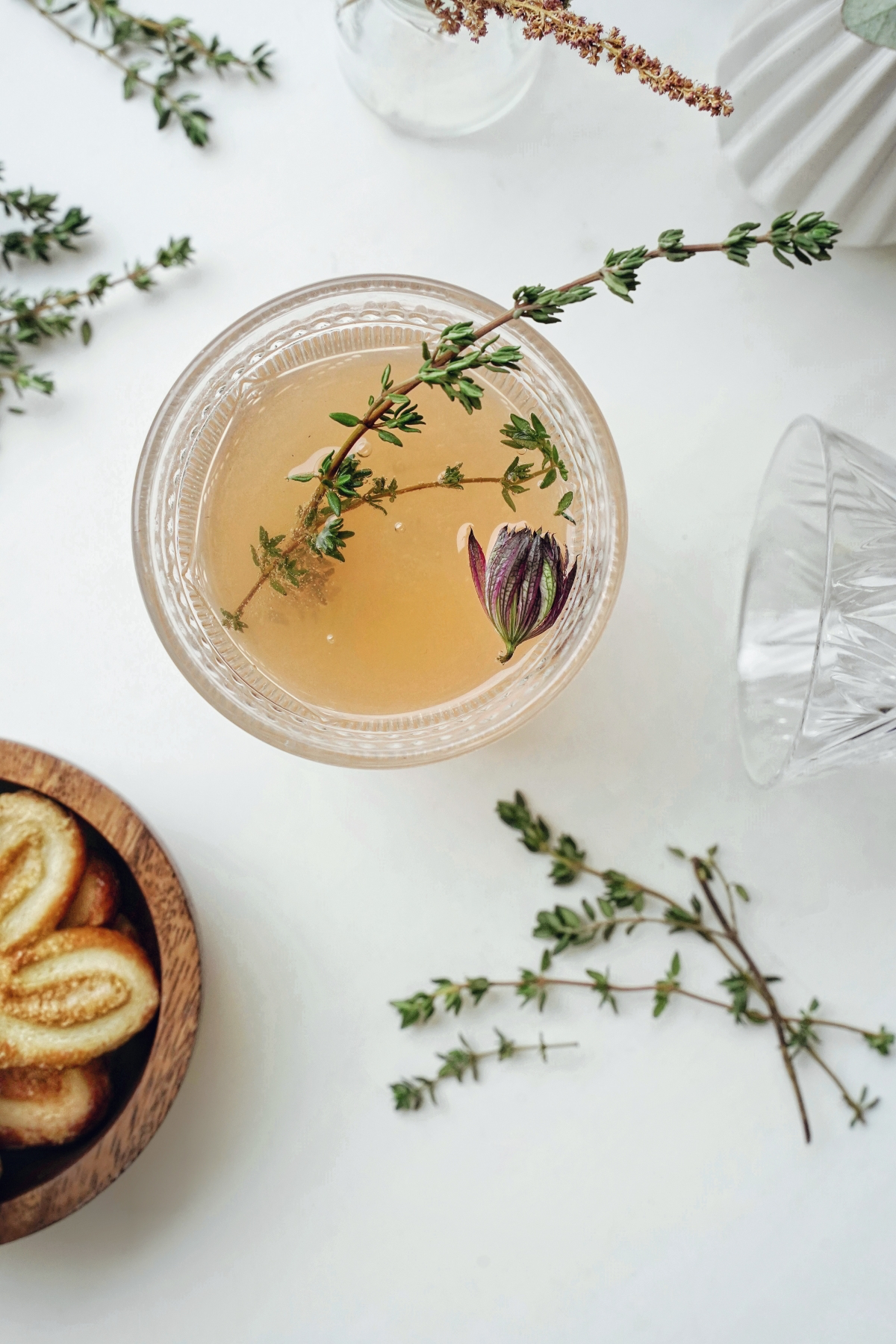
The goal of our preparations is simple: to pull these valuable compounds out of the plant effectively and safely.
Not All Thyme is Created Equal
Heads up! The type of thyme you grab actually matters. While most varieties have the same core benefits, their potency can vary a lot based on the specific species and even where they were grown. Let’s break down the main players.
- Common Thyme (Thymus vulgaris): This is your go-to workhorse for any medicinal project. It’s the most studied and generally has the highest concentration of thymol. When I’m making cough syrups or antimicrobial salves, this is the one I reach for. You can find high-quality dried common thyme at most health food stores or online from herb suppliers for about $3-$5 per ounce.
- Lemon Thyme (Thymus citriodorus): As the name suggests, this one has a lovely, bright lemon scent. It’s a bit less potent medicinally, so I don’t rely on it for acute issues. However, it’s fantastic for milder daily teas, facial steams, and, of course, in the kitchen where that citrusy note can really shine. It’s a great choice if you find common thyme a little too intense.
- Creeping or Wild Thyme (Thymus serpyllum): This is the low-growing stuff you often see as a fragrant ground cover in gardens. It has a long history of use, especially in Northern Europe, for things like soothing baths and headache teas. I find it makes a wonderfully fragrant infused oil for massage, though I still lean on common thyme for anything more serious.
So, what’s the bottom line? For any recipe in this guide aimed at health, stick with good old Common Thyme. For flavor or gentle applications, feel free to experiment!
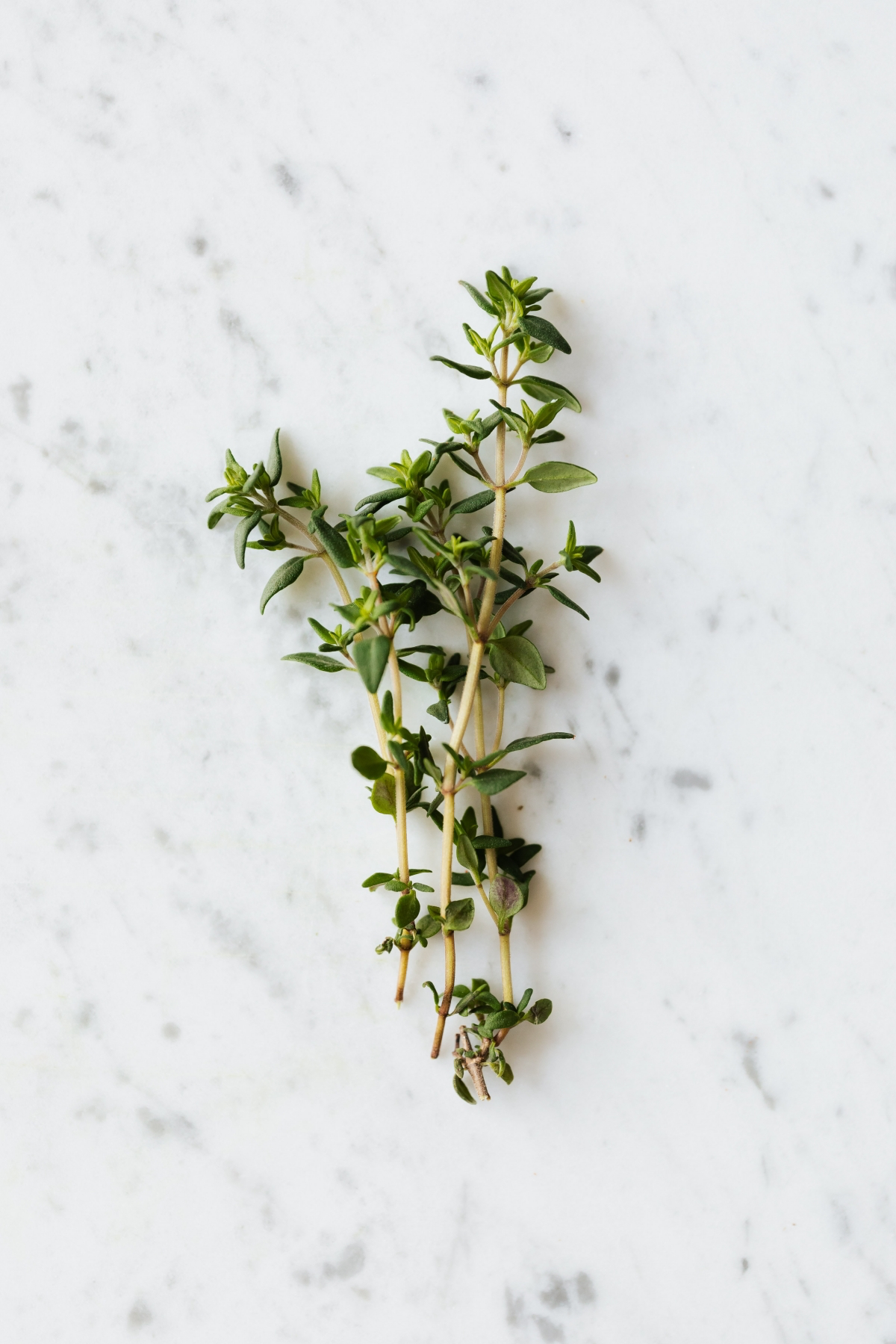
Real-Deal Preparation Methods for Your Home
How you prep your thyme completely changes what you get from it. Here are the techniques I teach, with all the little details that make a huge difference.
1. The Standard Infusion (a Proper Thyme Tea)
This is your starting point. It’s perfect for general wellness, soothing a nervous stomach, or as a daily tonic.
What You’ll Need:
– 1 tablespoon of dried common thyme (or 2-3 sprigs of fresh)
– 8 ounces (1 cup) of just-boiled water
– A mug with a lid or a small plate
The Technique:
1. Put the thyme in your mug.
2. Pour the boiling water over the top.
3. Immediately cover the mug. This is the most important step! Covering it traps all those amazing volatile oils (like thymol) in your tea instead of letting them escape with the steam.
4. Let it steep for a solid 10-15 minutes. Yes, that’s longer than your average tea bag, but you need that time to properly extract the good stuff.
5. Strain and enjoy. A bit of raw honey is a great addition, as it has its own soothing benefits.
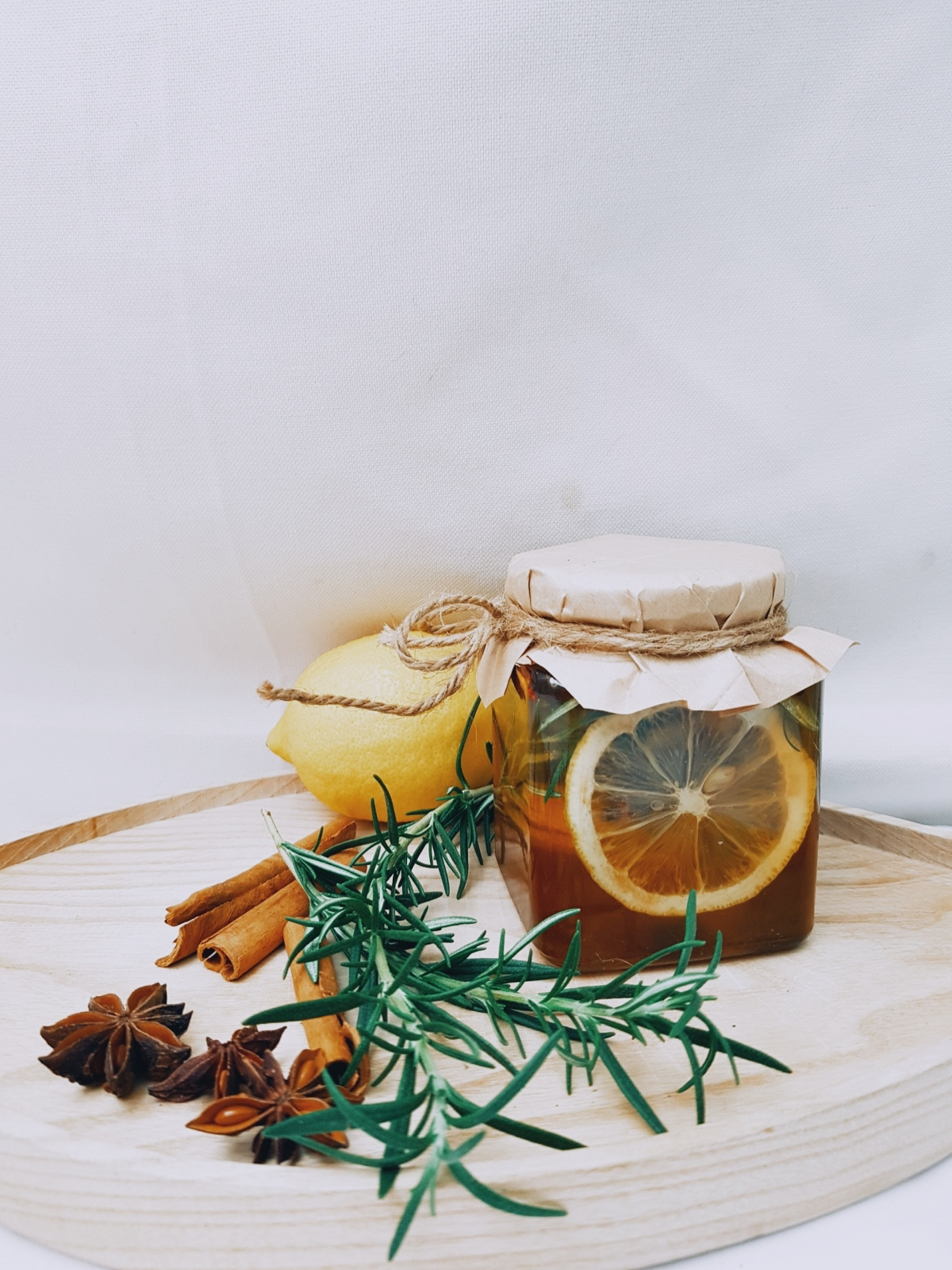
2. The Strong Decoction (for When You Mean Business)
When you’re dealing with a chest cold or a stubborn cough, an infusion might not cut it. You need a decoction to pull the deeper medicinal properties from the woody stems and leaves.
What You’ll Need:
– 2 tablespoons of dried common thyme
– 12 ounces of cold water
– A small, non-reactive saucepan (that means stainless steel or enamel—avoid aluminum, which can react with the herbs)
The Technique:
1. Combine the thyme and COLD water in the saucepan.
2. Slowly bring it to a simmer. Don’t let it hit a rolling boil.
3. Once it’s gently simmering, reduce the heat to low, cover the pot, and let it go for 20 minutes.
4. Turn off the heat and let it stand, still covered, for another 10 minutes.
5. Strain it, pressing the herbs with a spoon to get every last drop.

Good to know: This will be dark, concentrated, and taste very medicinal. For adults, a typical dose is one or two tablespoons every 3-4 hours to soothe a cough. Store it in a sealed jar in the fridge, but make a fresh batch every 2-3 days, as it won’t last long.
A quick note for parents: This is a strong preparation. It’s generally best reserved for adults. For children, a milder, well-steeped (and covered!) thyme tea is a safer starting point. Always check with a pediatrician before using herbal remedies for kids.
3. The Infused Oil (for Rubs and Salves)
Thyme-infused oil is the foundation for chest rubs and muscle salves. The oil is a fantastic carrier, pulling the fat-soluble compounds out of the plant.
What You’ll Need:
– A clean, BONE-DRY glass jar with a tight lid
– Dried common thyme (it must be completely dry, or your oil will go moldy)
– A carrier oil like olive, sweet almond, or grapeseed oil

The Technique (Warm & Fast Method):
1. Loosely fill your jar about halfway with dried thyme.
2. Pour your oil over the herbs until they’re fully submerged with at least an inch of oil on top.
3. Place the jar in a slow cooker on the lowest setting or create a double boiler. You want gentle, consistent heat (around 100-120°F). Let it infuse for 4-8 hours.
4. Strain the oil through cheesecloth. Give it a good squeeze!
The Technique (Cold & Slow Method):
Don’t want to use heat? No problem. Just combine the thyme and oil in your jar as described above, seal it tightly, and place it in a warm, sunny windowsill. Give it a shake every day for 4-6 weeks. It takes patience, but the result is a beautiful, potent oil.
4. The Protective Salve (DIY Chest Rub)
A salve is just an infused oil thickened with beeswax. This makes it easy to apply and creates a protective barrier on the skin.
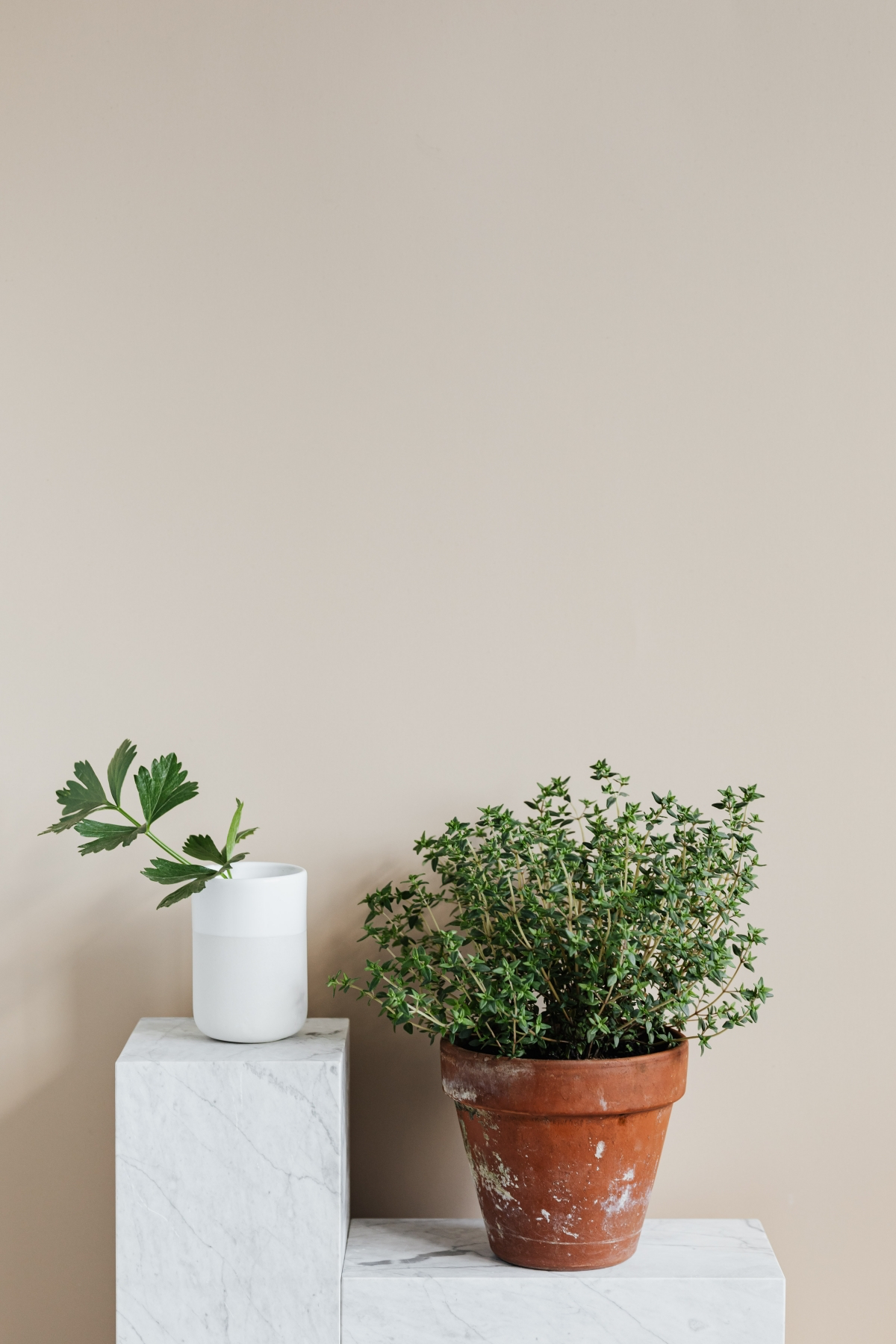
What You’ll Need:
– 4 ounces (by weight, which is about ½ cup) of your thyme-infused oil
– 1 ounce (by weight, about ¼ cup) of beeswax pellets (you can find these online or at craft stores for about $10-$15 a pound, which will last you ages)
– Small tins or jars
The Technique:
1. Combine the oil and beeswax in a double boiler over low heat.
2. Stir until the beeswax is completely melted.
3. Carefully pour the hot liquid into your tins.
4. Let them cool completely, undisturbed, until solid.
To save money: A small 2-ounce tin of a pre-made thyme salve can easily cost $15-$25. You can make a batch of 4-5 tins yourself for around $7 in materials. It’s a huge saving and makes for amazing gifts.
From Coughs to Carpets: Putting Thyme to Work
Now that you have your preparations, here’s how to use them.
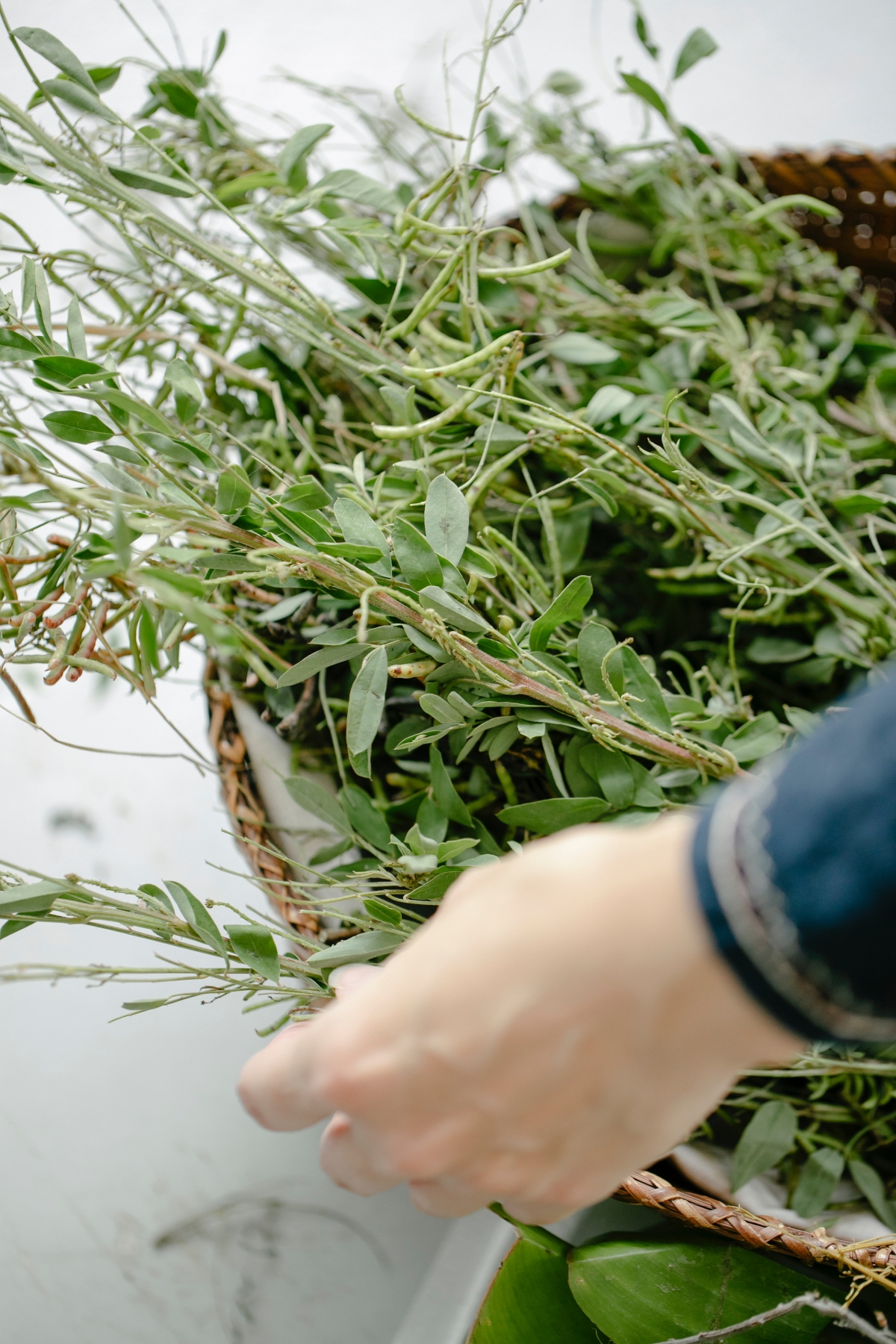
– For Coughs & Colds: This is thyme’s claim to fame. For a wet, chesty cough, the warm decoction is my go-to. For a dry, hacking cough that keeps you up at night, a thin layer of the salve on the chest provides gentle, aromatic relief.
– For Minor Skin Issues: A cooled thyme infusion (the tea) makes a great facial rinse for oily or blemish-prone skin. A facial steam is even better: add a handful of thyme to a bowl of just-boiled water, lean over, and drape a towel over your head for 5-10 minutes.
– For Oral Health: Use the cooled thyme tea as a daily mouth rinse. It’s not a replacement for brushing, but it’s a fantastic addition to your routine for supporting gum health and fighting bad breath.
– For Household Pests & Odors: Fill a small 3×5 inch muslin bag with dried thyme and lavender to deter moths in closets. For musty carpets, mix a cup of baking soda with 2 tablespoons of finely ground dried thyme. Sprinkle it over the rug (this amount is good for a small 8×10 foot area), wait an hour, then vacuum thoroughly.
Important Safety Stuff & Troubleshooting
Potent plants demand respect. Thyme is safe for most people, but there are critical rules to follow.
First, Thyme Essential Oil Is NOT for Beginners. I have to be crystal clear on this. Essential oils are incredibly concentrated. One drop can be as potent as 25-30 cups of tea. It should never be taken internally. A friend once dabbed pure thyme oil on a pimple and ended up with a painful chemical burn that took weeks to heal. If you use it topically, it must be heavily diluted in a carrier oil (like 1-2 drops per tablespoon of oil) and you should always do a patch test first.
When to Avoid Thyme:
– Pregnancy: High doses of thyme should be avoided during pregnancy.
– High Blood Pressure: The research is mixed here. If you have a blood pressure condition, talk to your doctor before using thyme in medicinal amounts.
– Allergies: If you’re allergic to other plants in the mint family (like oregano or basil), you might be sensitive to thyme.
Help! What Went Wrong?
It happens! Here are a couple of common fails and how to fix them:
– “My infused oil looks cloudy or smells ‘off’.” Ah, you probably got water in it or used herbs that weren’t 100% dry. This can lead to mold. Sadly, you have to toss it and start over. Always use completely dry herbs and equipment!
– “My salve is hard as a rock!” No worries. This just means your oil-to-beeswax ratio was a little off. Just gently scrape the salve back into your double boiler, remelt it, and stir in another tablespoon or two of infused oil to soften it up. Then re-pour it.
Remember, herbal remedies are for supporting your body through simple, everyday issues. Always see a doctor for a cough that lasts more than a week, is paired with a high fever, or for any serious health concern. A smart home herbalist knows their limits. Start simple, pay attention to the plant, and enjoy the process. It’s a skill that will serve you well for years to come.










